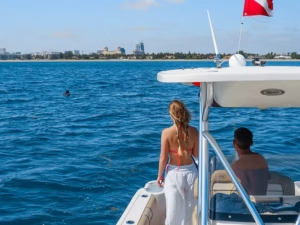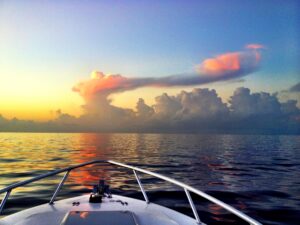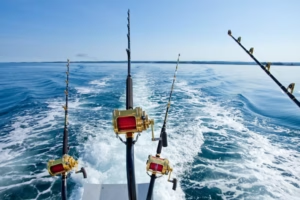Experience a fun family day on the waterfront at the Jupiter Inlet Lighthouse & Museum. Travel back in time and learn about the diverse history of the Jupiter area through series of interactive exhibits chronicling the lives of Native Americans, early pioneers, Lighthouse keepers and more.
Jupiter Lighthouse Fun Facts

- One of the most interesting facts about the lighthouse is that the site has shown signs of habitation dating to 5,000 years ago.
- 4 bodies of water can be seen from the lighthouse (Atlantic Ocean, Indian River, LoxahatcheeRiver, and the Jupiter Inlet)
- Why did they pick Jupiter for the Lighthouse location? Jupiter is among the farthest eastern points in Florida. and the inlet is among Florida’s closest points to the Gulfstream — about 10 miles away.
- Roughly 500,000 bricks were used to create the Lighthouse, and there are 105 cast iron stairs leading to the top.
- Over the years the humidity and sea air discolored the brick of the Jupiter Lighthouse and it was painted red around 1910.
- The lighthouse is the oldest building in Palm Beach County and the lens is reputed to be the oldest existing first order Fresnel lens in Florida
- The light can be seen 24 nautical miles (44 km; 28 mi) at sea.
- Lighthouse and Museum tours are offered by the Historical Society every day in season from January to April, and Tuesday to Sunday from May through December.
- Sunset, moonrise, full moon and tours are available, as well as twilight yoga, guided history tours and docent-led walks.
- Plan to spend 1 ½ hours to 2 hours if you take the grounds tour as well as the museum tour.
- The grounds behind the museum are perfect for a picnic lunch and there are hiking tours on the north side for those interested in checking out the flora and fauna.
- Near Jupiter Lighthouse, you’ll find a prime snorkeling site, Cato’s Bridge, where tropical fish, sea turtles, manatees and an occasional octopus or Lionfish can be spotted. Don’t forget to use your dive flag!
Discover the history and beauty of the Jupiter Inlet Lighthouse & Museum!
Jupiter Lighthouse Through the Years
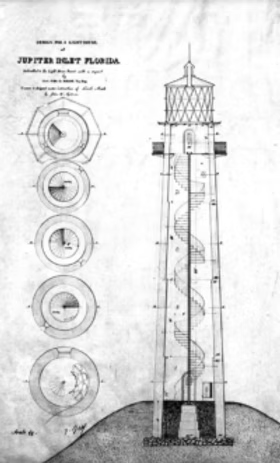
George G. Meade, engineer and builder of many
lighthouses, including Jupiter Inlet’s plans for Jupiter Inlet.
Photos courtesy of the Loxahatchee River
Historical Society.
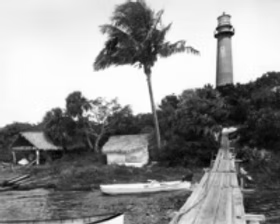
When assistant keeper Melville Spencer shot what may be the earliest known photo of Jupiter Inlet Lighthouse (1878?), the waterfront at the
foot of the hill had several chickee huts for doing laundry, cleaning fish and accommodating visiting Seminole Indians. Photo courtesy of the
Loxahatchee River Historical Society.
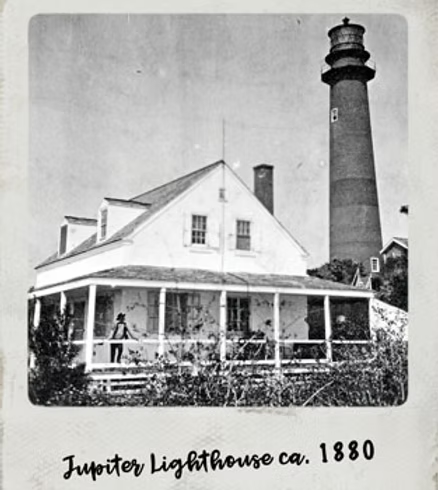
When Lighthouse returned to service in 1866 James Armour was one of the new assistant keepers and a few years later earned a promotion to head keeper. This photo, taken by Assistant Keeper Melville Spencer ca. 1880 shows Captain Armour on the porch of the keepers’ house.
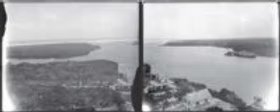
These famed photographs of the Jupiter Inlet and Lighthouse from the Library of Congress were taken by the famed William Henry Jackson (1843-1942) whose works influenced the establishment of Yellowstone and other early national parks. Jackson photographed Jupiter Inlet from the lighthouse in 1890. Left: Surf breaking across the mouth of the inlet indicates a shallow bar that would have impeded vessel traffic . The waterway to the left leads North to Jupiter Narrows and then into the Indian River Lagoon.
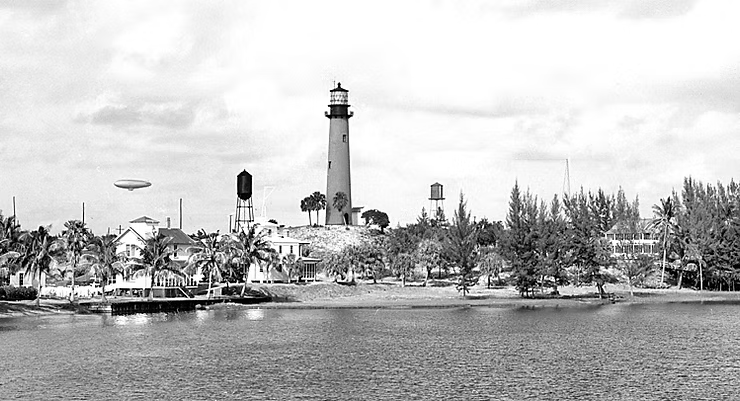
Jupiter Lighthouse circa 1945 Photograph courtesy U.S. Coast Guard
#ExploreFlorida #palmbeachcounty #FloridaGuide #Destinations #eastcoast #DateIdeas #MemberTips #excursionguide #Familyfun #jupiterlighthouse
